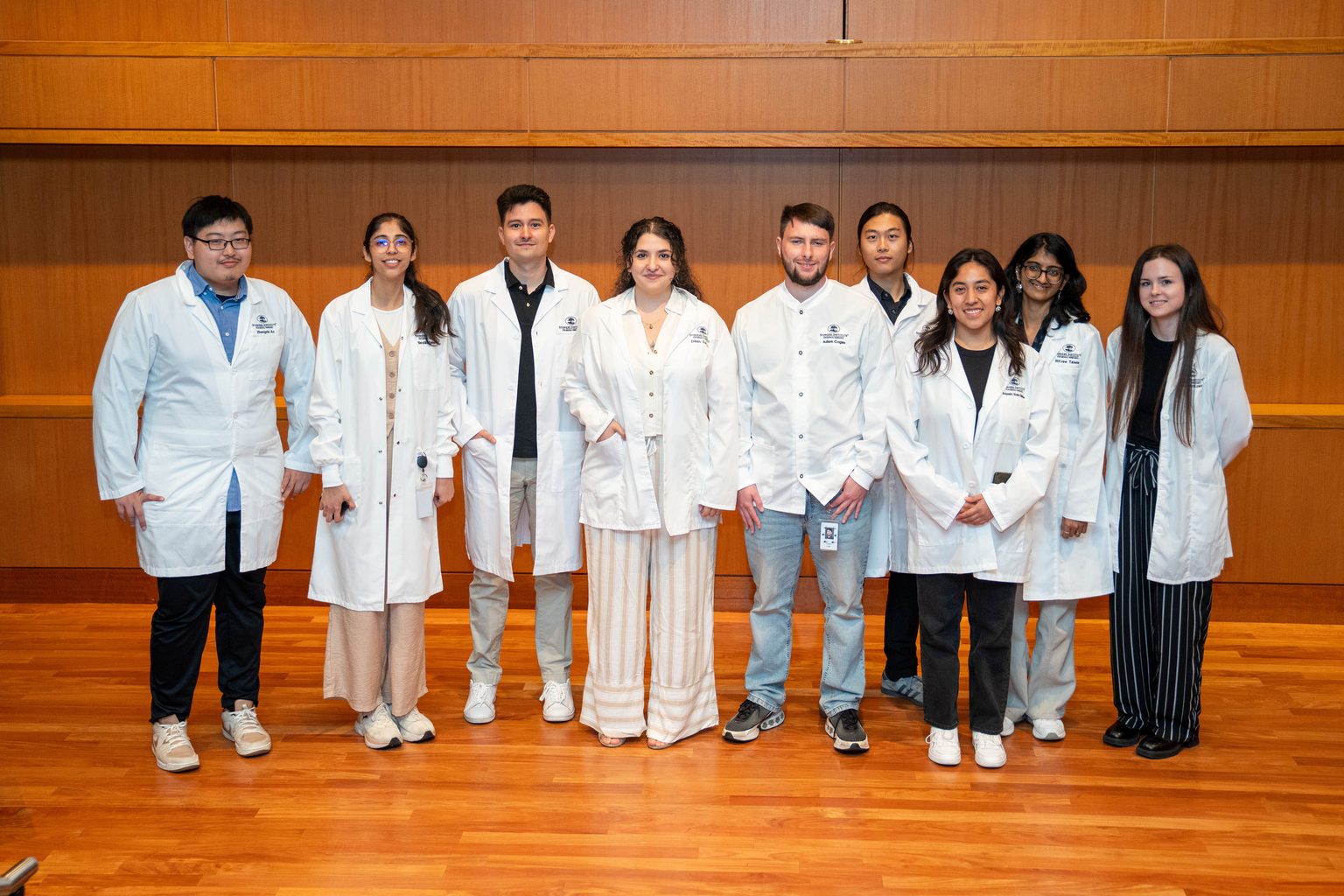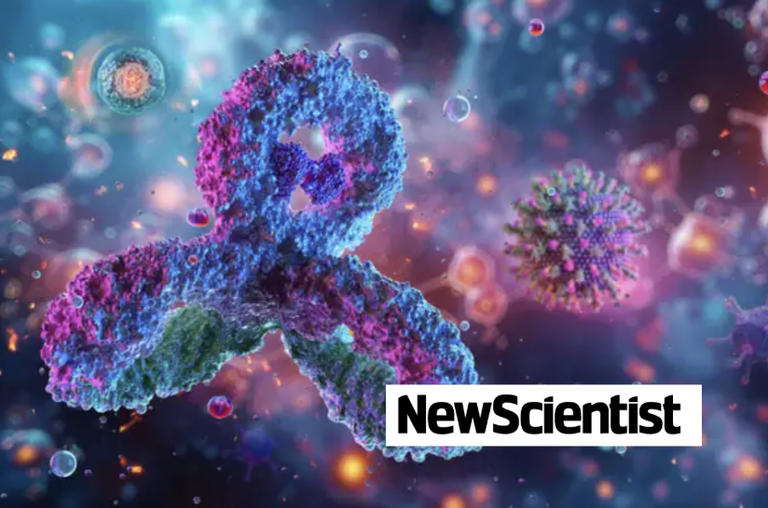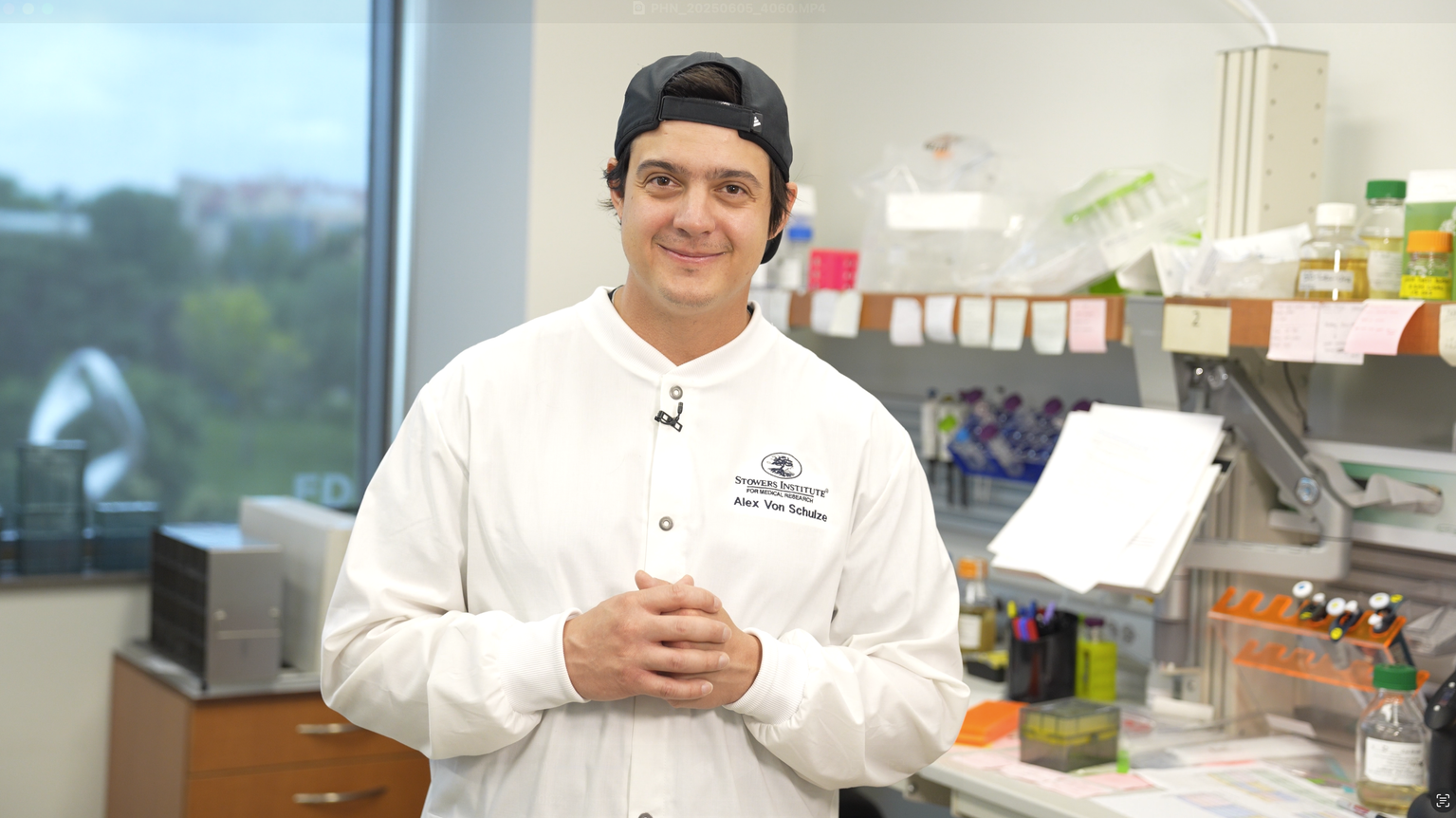News

09 October 2025
2025 Lab Coat Ceremony Welcomes Graduate Students To Their Thesis Labs
An annual tradition marks the start of scientific discovery for the 2024-2025 class of Stowers Graduate School students.
Read Article
News
Immune cells respond to danger in an “all-or-none” fashion via protein aggregation

Fluorescent microscopy illustrates proper protein self-assembly (left) compared to the assembly disruption from a mutated protein (right) in yeast cells.
By Rachel Scanza, PhD
Energy can neither be created nor destroyed. It’s not an adage, albeit certainly a colloquialism in modern culture. It is the first law of thermodynamics, stating that energy can be transferred from one form to another.
Perhaps lesser known, however, is the second law where, given the first principle, every transfer of energy increases the total entropy, or disorder of the surroundings. While energy is not destroyed, it isn’t simply recycled, and each energy transfer generates heat that cannot be reused. How then does order arise from disorder?
Scientists have discovered that freely floating proteins within a cell can order or assemble themselves into a solid structure. The process by which this new phase arises is called nucleation and by the laws of thermodynamics is, fundamentally, improbable. An input of energy is required to create order from disorder, for example the clean-up work required in the aftermath of a party.
Immune cells, those responsible for fending off a foreign substance like an invading virus, are found to activate like the flicking of a light switch from off to on, or rather more like the striking of a match to produce a flame. New research from the Stowers Institute for Medical Research in the lab of Associate Investigator Randal Halfmann, PhD, has revealed that the mechanisms involved for invoking an immune system response are inherently connected to the thermodynamic potential for a specific protein complex to assemble when a pathogen is encountered.
For a small change in energy, or an infinitesimally small stimulus—like the binding of just one molecule of virus genome by immune cell proteins—to produce a very large, irreversible response requires a pre-paid energy storage scheme within each immune cell. The findings have broad implications for not only uncovering the causes and progression of inflammatory illness in humans but also to understand other age-related diseases that arise from proteins that can surmount energy barriers to self-assemble, or nucleate, into structural complexes involved in devastating diseases like Alzheimer’s.
At the cellular level, to create order from disorder necessitates particular conditions that allow proteins capable of self-assembly to reach high concentrations. In essence, this protein supersaturation increases the sensitivity of invoking a response as only a tiny fraction of the protein molecules need to respond directly to the stimulus. “Protein self-assembly involves a disorder-to-order phase transition,” said Halfmann. “This imposes an energy barrier that allows the immune cell proteins to exist at the high concentrations required to drive a rapid and sensitive cell-wide response to stimulation.”
In response to recognition of an invading molecule, a large protein complex called a signalosome is assembled which stimulates a signaling pathway that activates our immune system. In a recent study published in eLife on June 21, 2022, Predoctoral Researcher Alejandro Rodríguez Gama, from the Halfmann Lab, revealed that polymerization—the assembly of a large structure from smaller components—of the immune cell specific signalosome, CBM, activates immune cells in a binary, “all-or-nothing” fashion. They also resolved the assembly mechanism of the CBM signalosome and discovered that a component of CBM, the adaptor protein BCL10, intrinsically encodes the switch in the form of an energy barrier to polymerization.
News

09 October 2025
An annual tradition marks the start of scientific discovery for the 2024-2025 class of Stowers Graduate School students.
Read Article
In The News

17 September 2025
From New Scientist, Inflammation is a vital part of the immune response, but it seems that the system can sometimes go awry, resulting in chronic inflammation that has been linked to conditions such as cancer.
Read Article
News

29 July 2025
"Most of my best ideas—and opportunities—came from conversations with other scientists. Share data, workshop problems, collaborate. It’s the single most valuable habit I’ve cultivated."
Read Article